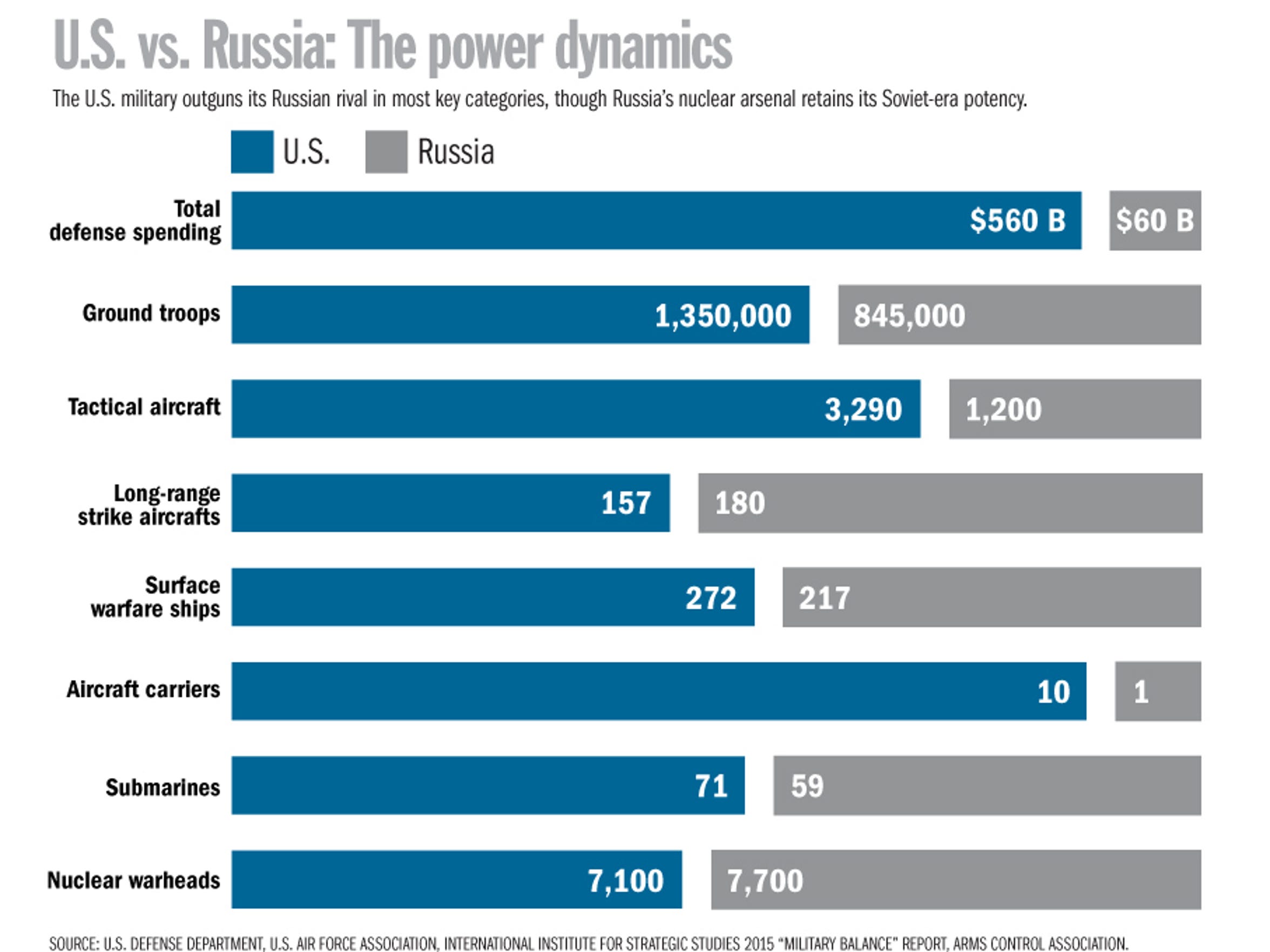(Videos courtesy of Popular Mechanics)
by Danielle Pletka, AEI: NATO’s SecGen Jens Stoltenberg today warned the Russians about their violation of Turkish airspace in ongoing Russian air operations over Syria. It was only the latest warning from NATO about Russian violations of various NATO nations’ airspace and assorted other antics. But today’s incursion — which prompted a nasty threat from Turkey about what would happen if the Russians make the same mistake again — only underscores what a dangerous place the world has become since Barack Obama became president.
History teaches us that large wars begin for many complex reasons, and that notwithstanding our obsession with poor old Archduke Ferdinand, it was probably not simply his shooting that spawned World War I. But… there are now so many global flashpoints that we cannot rule out the notion that a conflict between major powers could break out simply based on circumstance. Consider:
- NATO aircraft scrambled more than 500 times in 2014, with only a few exceptions, in reaction to Russian incursions into NATO member airspace. Russians planes reportedly often switch off transponders and fail to file flight plans, which has resulted in several near misses, including with a passenger plane. (Not to speak of the Russian shoot down of the Malaysia Airlines passenger jet.)
- In 2014, Japan scrambled aircraft almost 1000 times, with all but a few of these incidents attributed to either Russian or Chinese warplanes.
- Russian bombers entered US airspace 10 times in 2014, double the previous average.
- On July 4th, as Americans celebrated Independence Day, the US Air Force scrambled fighter jets to intercept two pairs of Russian bombers skirting US airspace off the coast of California and Alaska.
- The United States is preparing, reportedly, a show of force with “freedom of navigation operations” in the South China Sea, a reaction to increasingly aggressive land reclamation/military construction in disputed territory.
- On the eve of Chinese leader Xi Jinping’s recent visit to Washington, two Chinese fighters intercepted a US Air Force surveillance plane over the Yellow Sea.
- The US is planning on stepping up air operations over Syria at the same time that Russia advances its own war on Assad’s opponents. Washington and Moscow aim to “deconflict” (whatever that means).
- Russia is consistently violating its obligations under the Minsk Accords and continues to make claims on Ukrainian territory. Facing few consequences for his actions in Ukraine, there are fears that Putin may choose to move on NATO members Lithuania, Latvia or Estonia.
The world has always been a dangerous place, and the proliferation of nuclear weapons has only made it more so. But not since the Cold War have there been so many potential triggers for major power conflicts. Will we get into a shooting war? Perhaps not, and almost not certainly with the current Commander in Chief. But each time there is a near miss without consequence, as most are, bad actors are encouraged to believe there will never be any consequence. Still, notwithstanding Barack Obama, the United States does have red lines, treaty obligations (to the Philippines, to Japan, to NATO allies) that could force us into conflict where none was planned.
A Quick Preview of the Start of World War III
What Russia’s newest ICBM looks like when it takes off.
Popular Mechanics: The RS-24 was developed in secret by Russia, but public tests of the fifth-generation ICBM began in 2007 in response to a possible missile shield being built in Europe, and the Yars became operational in 2010. The RS-24 has been “MIRVed,” meaning it has multiple independently targetable reentry vehicles—in other words, each missile has multiple warheads that can hit multiple targets. Each of the RS-24’s four nuclear warheads has a yield of about 150 to 250 kilotons (the bombs dropped on Hiroshima and Nagasaki had yields of 15 and 21 kilotons, respectively).
The RS-24 is powered by solid-state fuel, meaning that it can be ready to be launched within minutes, and is built to accelerate extremely quickly, giving opposition forces little time to react to a launch. It also can deploy a series of anti-missile-defense measures to evade attempts to shoot it down. The Russian government reports it to have an effective range of 6,800 miles, traveling at top speeds of 15,220 miles per hour, or just a shade under Mach 20. It can be launched from a silo, as seen above, or from a mobile launch vehicle, meaning the Russian government can essentially tuck one of these away anywhere in the vast wilderness that makes up so much of its territory.
What makes the Yars perhaps even more unsettling is that it’s an upgrade to the Topol-M ICBM, a weapon that Tyler Rogorsky over at Foxtrot Alpha called “scary as hell.” The Topol-M was the first ICBM to be developed by Russia after the fall of the Soviet Union, and is now being phased out in favor of the RS-24.
The Yars and Topol-M, along with America’s own state-of-the-art ICBMs, the LGM-30G Minuteman-III and UGM-133 Trident II, are stark reminders that mutually assured destruction continues to define nuclear warfare, despite various nuclear arms treaties. It’s easier to add more warheads to an ICBM than to build a missile defense system that can effectively shoot down those additional warheads, meaning there isn’t much either side can hope to do once a nuclear power decides to launch—except fling off their own set of ICBMs and irradiate the other side of the globe as well.

